With great anticipation, the long-awaited opening of Ayodhya’s Ram Mandir is officially set for January 22, 2024. At noon, during the auspicious Abhijeet Muhurat, the statue of young Ram Lalla will be placed in the temple’s sanctum. Dignitaries like Uttar Pradesh Chief Minister Yogi Adityanath and Prime Minister Narendra Modi will be present to mark this historic event.
The Ram Temple’s construction was a collective effort, with contributions from across India and beyond. Thailand provided holy soil and water, while Mauritius declared holidays for its Hindu citizens to celebrate. The upcoming consecration ceremony promises to be a grand festival in Uttar Pradesh, reflecting the temple’s significance.
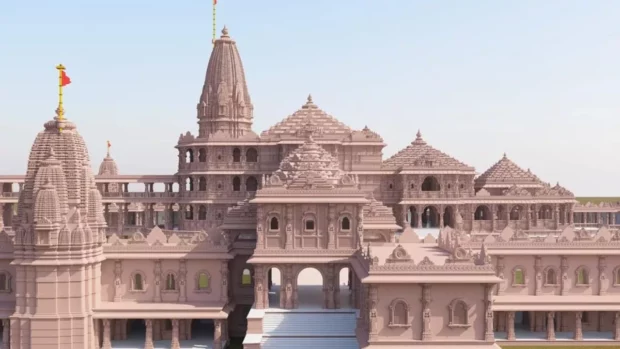
Invitations and Excitement
After meticulous planning, over 7,000 invitations have been sent out, including about 3,000 VIPs such as politicians, business leaders, celebrities, and cricket stars. The entire nation is buzzing with excitement, highlighting the collective enthusiasm for this monumental occasion.
Time Capsule at Ram Mandir
Amid the preparations, there are intriguing reports about the temple’s structure, including the placement of a time capsule. Yes, you heard it right! The Ram Janmabhoomi Teerth Kshetra Trust plans to place a time capsule 2,000 feet beneath the Ram Temple in Ayodhya. This capsule will encapsulate the historical essence of Ram Janmabhoomi, providing detailed information for future generations and historians.
Purpose of the Time Capsule
The time capsule aims to promote knowledge and prevent disputes about the history of the Ram Mandir. By burying it deep under the temple, the Trust hopes to safeguard historical facts and avoid future controversies.
What is a Time Capsule?
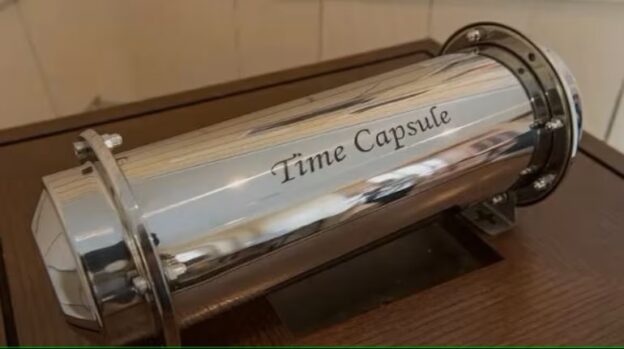
Time capsules serve as historical archives, preserving data and knowledge for future generations. They are valuable tools for historians and archaeologists to understand past societies and eras.
Contents of the Ram Temple Time Capsule
The time capsule will contain a message about Ayodhya, Lord Ram, and his birthplace, written in Sanskrit. The Trust chose Sanskrit for its ability to convey extensive information concisely. The message will be engraved on acid-free paper and enclosed in a durable container made of metals like copper, stainless steel, or aluminum.
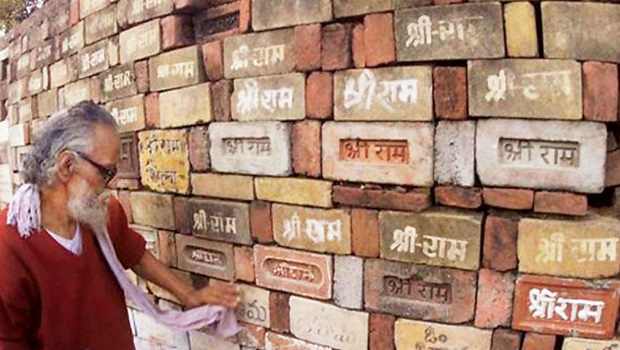
Not the First of Its Kind
This isn’t the first time a time capsule has been placed at a notable site in India. Here are some examples:
- Red Fort, Delhi: On August 15, 1972, Prime Minister Indira Gandhi placed a time capsule named ‘Kalpatra’ narrating India’s post-independence history, to be opened in 1000 years.
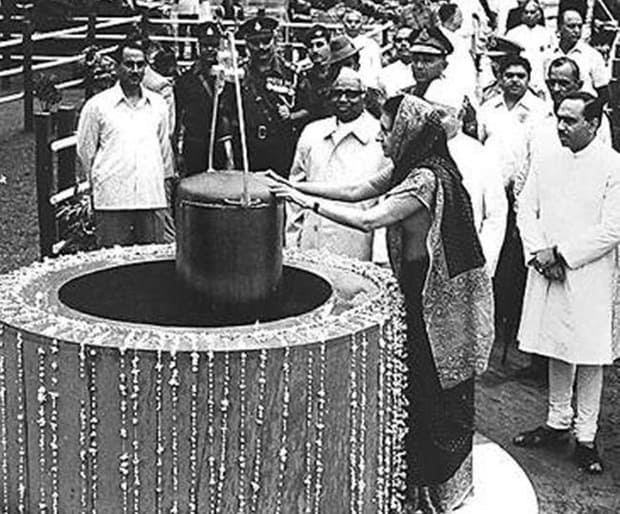
- IIT Kanpur: On March 6, 2010, a time capsule was buried near the auditorium by President Pratibha Patil.
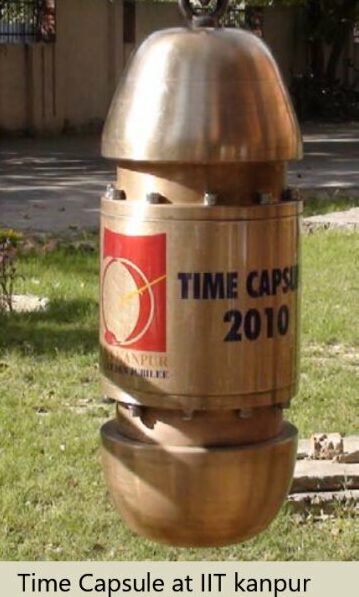
- Mahatma Temple, Gandhinagar: In 2010, a time capsule was buried to mark the temple’s 50th anniversary.
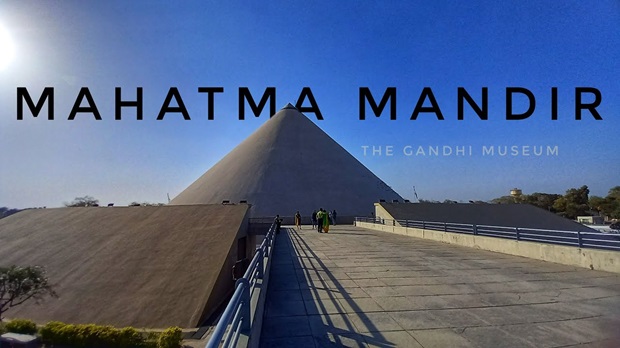
- Alexandra Girls Education Institution, Mumbai: In 2014, a time capsule was buried to be opened on the school’s bicentennial in 2062.
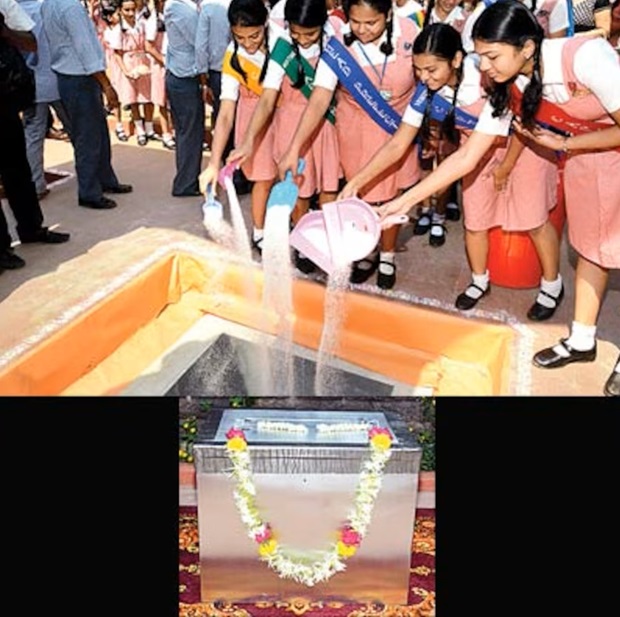
- Lovely Professional University (LPU): During the 106th Indian Science Congress, a time capsule containing items from Nobel laureates was placed.
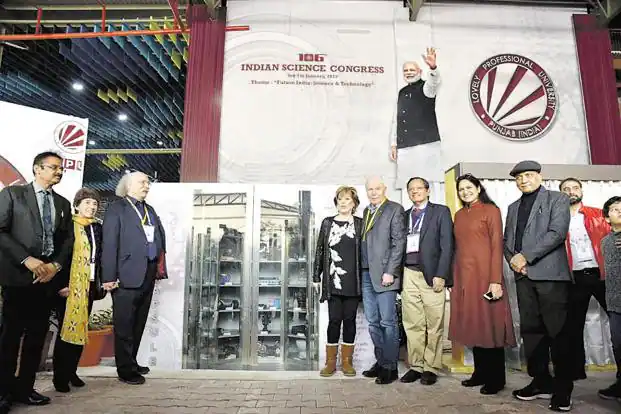
Oldest Time Capsule
The oldest known time capsule was discovered in a statue of Jesus Christ in Burgos, Spain, in 2017. It contained political, cultural, and economic data from 1777, making it the earliest time capsule ever found.
The Ram Mandir’s time capsule will join this rich tradition, preserving the temple’s legacy for future generations to explore and understand.